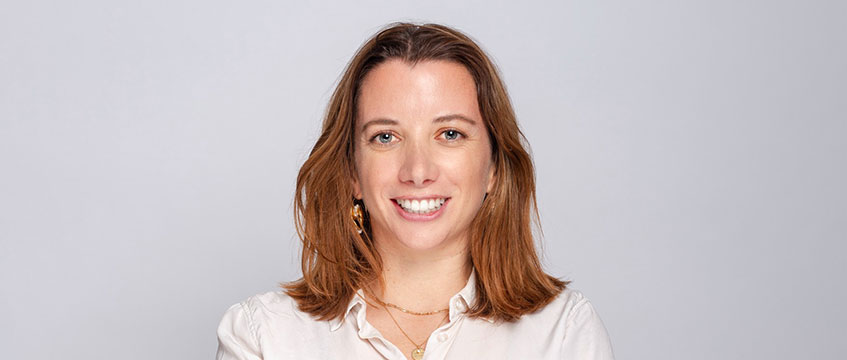COMMENT Diversity, equity and inclusion is central to creating a work environment where all employees feel valued and engaged.
As more and more organisations set DEI targets, we are seeing the rising importance of going beyond the legal requirements of accessibility (such as wheelchair ramps and accessible toilets) to true inclusivity. Inclusive design is about creating an environment that welcomes and accommodates everyone; that means considering how spaces will be experienced – physically, mentally and emotionally.
Today’s workforce is diverse and spans across different generations. Some 23% of the UK’s working population have a disability. Around one in seven people are neurodivergent. Women make up 53.7% of the UK’s workforce. The workplace is core to a company’s culture, and real estate must reflect the values of an organisation and foster an environment of inclusion and growth. To achieve this, companies need to create accessible and appealing spaces where people can be themselves, without calling special attention to anyone with particular needs.
Adapting the workplace
As organisations strive to make their spaces fit for all, we have seen a rise of inclusivity and wellbeing initiatives. There has been the emergence of gender-neutral facilities such as toilets and showers. Additionally, the use of height-adjustable tables is becoming more common to enhance comfort during desk work for individuals of all body types, ages and levels of mobility, with some European countries making it a legal requirement to provide sit/stand workstations for employees with sedentary job roles.
Businesses must take different working styles into account when designing office space, and we have seen progress on this, with newer schemes including areas for collaboration, quiet zones and recreational spaces. This allows employees to work in environments that suit their needs, whether they are extroverted, introverted or require a space for relaxation or meditation.
One in 10 women say that they have left their jobs as a result of their experiences with severe menopause symptoms. Providing appropriate facilities, such as designated relaxation areas or access to cooling measures, can help employees navigate this phase of life with ease and comfort. Approximately one in eight men are likely to get prostate cancer during their lifetime, and access to sanitary bins allows them to dispose of their hygiene waste conveniently, safely and with dignity.
In the vanguard
DEI, sustainability and wellbeing are at the heart of JLL’s culture, and are deeply embedded into our workplace strategy. Inclusive design directly links to the UN Sustainable Development Goal 11, “make cities and human settlements inclusive, safe, resilient and sustainable”, which we proudly support. Likewise, we know that our clients are looking to us to lead the way and show them how to deliver the next generation of workplaces that engage and nurture both existing and future talent. We are building on this in our own new offices so we can pass these learnings onto our clients.
We have enhanced our wellbeing provision across all of our offices, particularly those newer spaces from 2020 onwards. Our latest offices all feature multi-faith areas with ablution facilities and a parenting room designed to support new parents in the workplace. We have created a choice-based work environment to facilitate a range of user preferences, including the use of different surfaces and materials in order to clearly define different areas. Across our newer workplaces, more than 75% of desks are sit/stand desks, offering employees the option for greater comfort. Earlier this year, we piloted the Comfort Cabinet scheme, stocking a cupboard with wellbeing items for colleagues and clients, including spare underwear, clothing and sanitary products. This has proved to be a successful initiative and will be rolled out to more of our offices next year.
Empowering individuals
By going beyond the basics of physical accessibility and considering the diverse needs of their people, organisations can create environments that empower individuals to be their authentic selves. This will equip them to attract and retain top talent, foster employee engagement and deliver the best services to their clients. Inclusive design must be integrated into all types of real estate, not just the office – from industrial assets to hotels, all organisations should be held to account for inclusion, no matter what they do. DEI should also be a consideration throughout a property’s lifecycle, beyond the design phase, ensuring that facilities managers are appropriately trained, given their key role in shaping the workplace.
We are living in a fast-paced, ever-evolving world. What is required from a space will change over time or as new employees join. Spaces should evolve as we better understand people and bring in new technology to optimise the positive impact that a space can have on an employee’s emotions and wellbeing each day they spend in the workplace.
Anne-Lyse Raoul is head of DEI for EMEA at JLL











